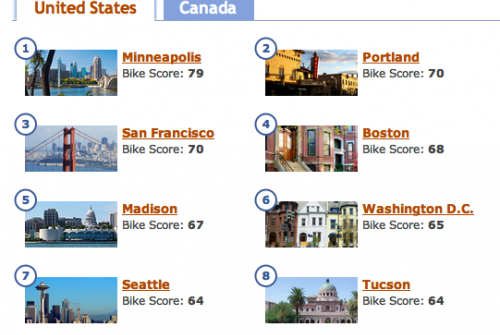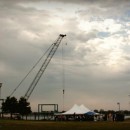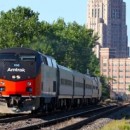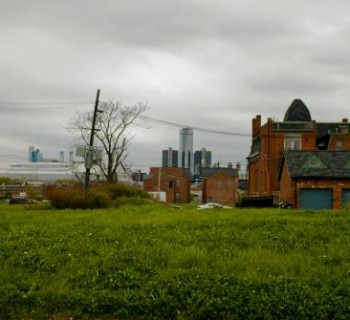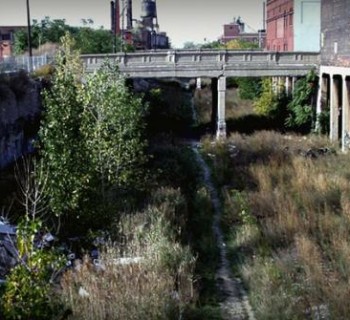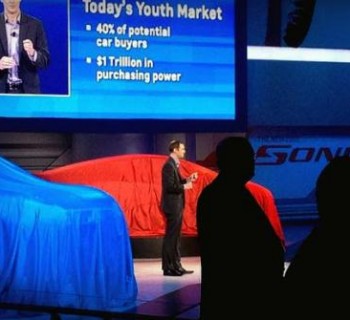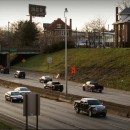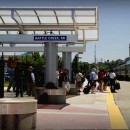DETROIT—Granted Walkscore's new Bikescore software is still very much in its beta test, but one can wonder how exactly the software guesses how bikeable your city really is.
Given the methodology, which is clearly listed on the site, Bikescore ranks how walkable your community is based on sidewalk access, population density and public amenities like retail shopping and restaurants. But Bikescore might still be a little out of its league. Todd Scott, who runs M-Bike.org, gave a detailed analysis on the bugginess of the software May 15.
While places like Minneapolis, Portland and Chicago are high ranking, in the top 10 that is to say, Detroit's score has not yet been listed. Mode Shift has sent a tweet, per Walkscore's request, to get Detroit's ranking in the national bicycle scene.
If Bikescore will be anything like their current Walkscore application, we can assume that the new software will rank a city's bikeability based on bike lane miles, population density, average riders and commuting times, most of which are presented by Google and hard to accurately measure.
But are bike lanes and commute times the end-all, be-all criteria for a bikeable city?
Considering I almost got wasted by a car doing at least 40 mph in a bike lane on Martin Luther King Blvd. in Detroit the other day, I would say, no.
What about driver education? What about city outreach to its residents to promote bike lanes and their freshly minuted non-motorized master plans? Is Walkscore considering these factors?
As Scott says in his critique on M-Bike, "Unfortunately, the very low traffic volumes on Detroit roads aren't measured in the scoring." Neither are many other unique things.
Consider this presentation by the Director of Transportation Initiatives for Project for Public Spaces Gary Toth, who says even complete streets cannot be a blanket solution for solving our transportation dilemmas in the 21st century.
While bike lanes are great and indubiously helping grow cycling communities around the United States, "There is no one design prescription and there's no 'one-size-fits-all design," he says.
We must press on, but we must also be aware that solutions must context sensitive.


